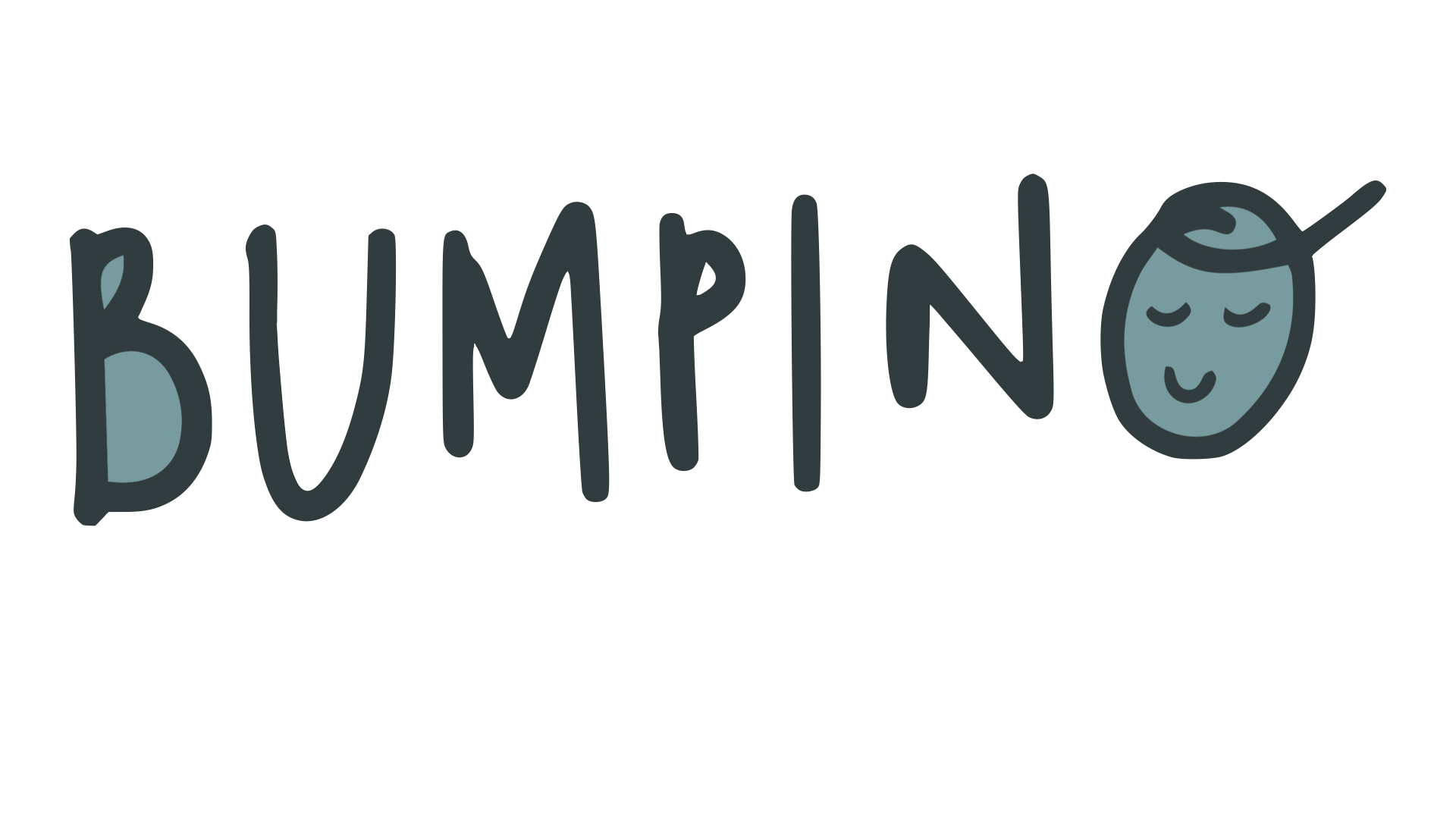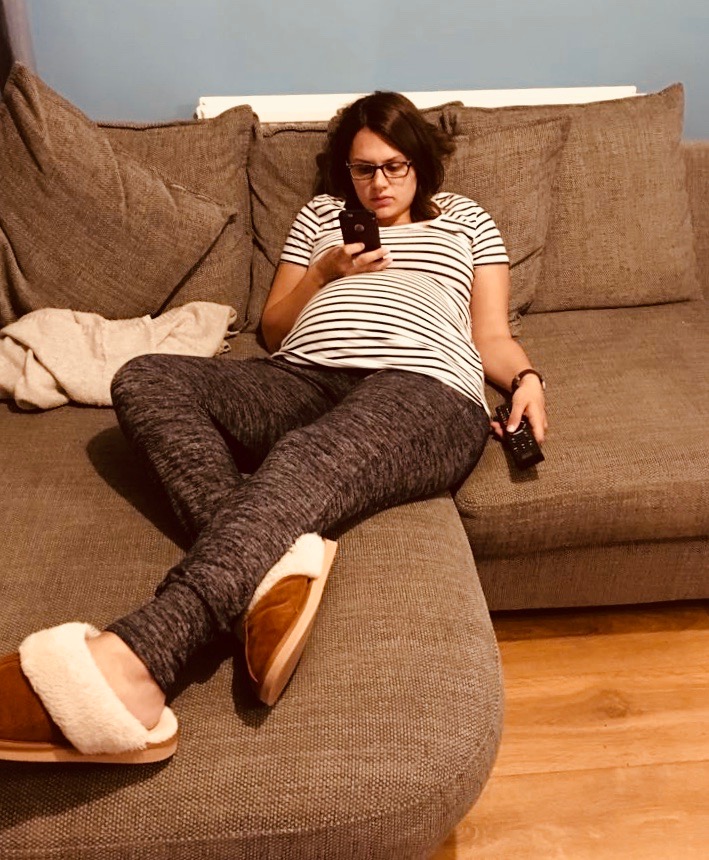Thank you for supporting the blog through affiliate links which may appear in this post. As an Amazon Associate I earn from qualifying purchases. Any small commission earned helps make the next post possible, and at no cost to you.
Massive thank you to my dear friend, Kellie Reynolds, for the cover photo.
So, you find out you’re pregnant and the likelihood is the last thing you really want to do is think about exercise. The sofa becomes your new best friend and you suddenly get stuck into so many more box sets the thought of exercising after a day at work drops down (or off) the priority list. For many years, pregnancy was regarded as a time of illness with the expectant woman subject to pampering and overprotection (Journal of Midwifery and Woman’s Heath, 1981). However, over the years more and more research has been carried out and this belief is becoming less prominent. Many still fear that exercising during pregnancy will cause harm to either the mother or the baby and could lead to miscarriage. However, the evidence to support this is insignificant.
Now, don’t get me wrong, pregnancy is exhausting and there are phases when we can often feel quite poorly or be quite poorly. Nevertheless, I don’t believe that is a reason to stop exercising and I think that when we can push through, we absolutely should, as the benefits are huge. Some of the reasons it is good to exercise during pregnancy are outlined in the Journal of Midwifery and Woman’s Health (1981) as follows:
“…improved muscle tone and strength, improved cardiovascular function and endurance capacity, and an increased sense of “well‐being,” all of which can enhance a woman’s ability to cope with the physical and emotional challenges inherent in childbearing.”
Based on research conducted at the University of Michigan, labour and delivery is the most traumatic event a body can go through. They analysed MRI scans of birth injuries and sports injuries, and found that the aftermath of childbirth is a lot like injuries sustained in endurance sports (2018).
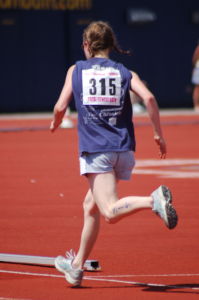
The research and evidence as to the amount of energy needed to give birth is not plentiful but many suggest it is like running a marathon. I think that might mean as much emotionally and mentally as well as physically. Giving birth can be a long old slog and it’s certainly not just a long walk in the park. It is intense and uses every part of your being. You are emotionally attached to this little bundle having carried it for 9 months, you have to be mentally engaged and visualise the end otherwise we’d all “hit the wall” and not be able to pick ourselves up again, and yes, you will use a shed load of calories and every muscle in your body. I remember my jaw really hurting the next day and all I could put it down to was the crazy amount of force the rest of your body puts in behind the pushing!!
So, I believe the more prepared we can be for this lengthy and energetic process, the better. I’m not suggesting exercise is the only way to ensure a smooth and uncomplicated birth but I am suggesting that it will help. In his book Is That My Child (2006), Robert Pauc starts exploring the links between foetal distress and later disorders such as developmental delay. He states that a lot of the children that visit his clinic and are found to have some sort of developmental delay have “experienced some type of birth intervention…or the baby suffered foetal distress.” (p. 87) Medicine moves forward by the day so it is likely that doctors and midwives are becoming more and more able to prevent as much foetal distress as possible. And, as mothers, the fitter we are both mentally and physically, the more we can keep going, stay calm and do our best to bring our babies into this world.
Please understand that I am not saying exercise will take all the stress away. I’m sure there are many mothers who have exercised well felt mentally and physically strong but then had to endure lengthy and complicated labours. We can look at this two ways…firstly, think of how much fitter that mother was and how much harder that labour would have been had she not exercised. Secondly, the benefits she wold have had whilst exercising and being pregnant are not just birth related. She may have provided her baby with more oxygen rich blood across the placenta, she may have improved her posture and lessened any back pain, she may have improved her ability to sleep, she may have reduced her stress and anxiety levels…the list continues. There are so many advantages, it’s surely worth a shot?! So what has Bumpino got to do with all this? What has Bumpino got to offer? Why do I believe exercise is important pre and post pregnancy? Bumpino’s antenatal class, Bump Camp, is where the journey starts, every Wednesday…see the website for more details.
So, now, you’ve got a tiny baby in your arms and your body has just been through an incredibly high impact event so the last thing you may feel like doing is exercising. In these early days between 0-3 months, that is more than understandable. Your body needs time to recover and is certainly not in any fit state to be tearing around and your pelvic floor can’t face the thought of running or jumping in any shape or form. What your body really needs is plenty of TLC. But, not just on the outside. Inside has been working incredibly hard too and that lower back, core and pelvic floor have received a massive beating. But, hang on a minute, you now have a baby who needs attending to 24/7 – nappies, feeding, sleeping, nappies, feeding, sleeping, so how are you ever going to give yourself and your body the care it needs? Finding the time to restore your pelvic floor is something your future self will be forever grateful for. When your tiny little bundle of joy gets older (which may be hard to imagine at this point) they will be scampering around and expecting you to keep up. They will want you to come with them on the bouncy castle but your pelvic floor will be screaming “Nooooooo!!!” There are a series of very straight forward and simple exercises which can help knit that central area back together and give you back a sense of humanity (which believe me, all goes out the window whilst in labour!).
Ladies That Crunch runs every Thursday. It is a class in which you can bring your baby with you, giving you that all important time to gently, gently care for your very important core. Hear that word…core. It is the central part of your being. Without it your upper body wouldn’t be connected to your lower body. It is core to your being. It’s your core. Look after it!
So, you’ve knitted up your core, but your little bundle of joy is less little now and beginning to get more active. It becomes harder and harder to get out of the house because they start getting into some sort of routine, but then, oh, hang on, it’s totally changed by the next week. You attend a baby group now and then and try an squeeze in a coffee with a friend, but everything seems to be such an effort. Your body still hasn’t totally recovered from labour so the thought of doing any strenuous exercise or lifting any sort of weight is, again, near the bottom of your priority list. But, wait. I’m lifting an increasingly heavy car seat every day, I’m bent over feeding or nursing every day, I’m picking up toys from the floor every day, I’m lifting my baby up over my head as we play games every day…so I’m actually doing all those exercises but perhaps could do with making sure I’m doing them properly and getting stronger in the meantime (always good to stay one step ahead of our children if we can!). But, I’m so tired, and it’s such an effort. But let me tell you, it’s worth it.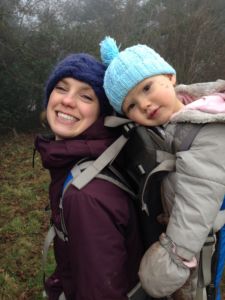
One thing we have to be so careful of as mothers is isolation. It is difficult to get out of the house, but I will vouch for our sanity, that it helps. On difficult days when Poppi was little I would aimlessly mosey on down to Lidl for nothing in particular other than fresh air and a change of scenery. It may have taken twice as long to leave the house as when it was just me, but it felt so much better afterwards.
Post-natal depression is real and research has shown that depression in women is more likely to occur after giving birth due to the higher demands placed on a woman in caring for her baby and family (Daley, MacArthur, Winter, 2007). This report goes on to say how numerous studies have found an association between post-natal depression and adverse effects on the child including “insecure attachments, behavioural problems, and cognitive developmental deficits” (p. 56). The UK National Institute for Clinical Excellence (NICE) recommends that patients that suffer with depression are advised about the benefits of exercise (Daley, MacArthur, Winter, 2007).
The Telegraph (see link below) released an article in August 2017 reviewing a study that exercise, either in group sessions or individually is effective in reducing post-natal depressive symptoms. The article goes on to say that exercise should actually be considered as a management option for post-natal women with depressive symptoms and, more than that, be a potential preventative treatment. Daley, MacArthur and Winter’s (2007) research shows that “active women at the 6-week assessment demonstrated better scores on all measures of post-natal adaption (e.g. confidence in tasks of mothering, satisfaction with life circumstances, and satisfaction with motherhood) and were more likely to participate in activities such as socialising, hobbies, and entertainment.” (p. 57). Exercise is an all-rounder. It’s not just about keeping fit. It’s about mental and emotional wellbeing too. Getting out, getting fresh air, meeting other mummies in the same boat, sharing experiences, and laughing together are all part and parcel of improving wellbeing.
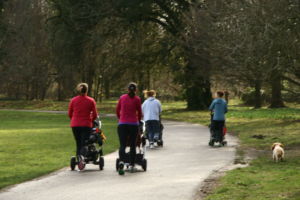 The majority of mothers in the study completed by Daley et al, had joined a “pram-walking” group. They found it to fit easily into their lives as they could be out and about exercising and socialising with their babies in tow. Tough Motherz is a bootcamp style class to which you can bring your baby in their buggy. The class is run totally at your pace so you give what you want to get out. The exercises involve some cardio to release those endorphins as well as help you regain your pre-pregnancy weight and some resistance exercises to strengthen those all-important muscles and safely manage every day functional movements with the extra weight of a baby in your arms.
The majority of mothers in the study completed by Daley et al, had joined a “pram-walking” group. They found it to fit easily into their lives as they could be out and about exercising and socialising with their babies in tow. Tough Motherz is a bootcamp style class to which you can bring your baby in their buggy. The class is run totally at your pace so you give what you want to get out. The exercises involve some cardio to release those endorphins as well as help you regain your pre-pregnancy weight and some resistance exercises to strengthen those all-important muscles and safely manage every day functional movements with the extra weight of a baby in your arms.
I joined a buggy class with Poppi when she was 12 weeks old and I didn’t look back. I have made some lovely friends there and when it felt like things were getting too much it was a perfect excuse to get out of the house, do some exercise and chat with my friends.
So, what are you waiting for?
References:
Bolen, T., Cameron-Foster, J., Christensen, C., Ruhling, R.O., Sibley, L. (1981) ‘Swimming and Physical Fitness During Pregnancy’, Journal of Midwifery and Women’s Health, [Online]. Available at: https://onlinelibrary.wiley.com/doi/full/10.1016/0091-2182%2881%2990169-5 (Accessed: 23 May 2018)
Daley, A.J., MacArthur, C., Winter, H. (2007) ‘The Role of Exercise in Treating Postpartum Depression’, American College of Nurse-Midwives, 52(1), pp. 56-62.
Pauc, R. (2006) Is That My Child? London: Virgin Books Ltd.
Tigar, L. (2018) Giving Birth is Harder than Running a Marathon. Available at: https://www.fitpregnancy.com/pregnancy/labor-delivery/giving-birth-harder-running-marathon (Accessed: 26 May 2018)
Telegraph Reporters. (2017) ‘Exercise can help new mothers manage postnatal depression, study finds’, The Telegraph, 29 August [Online]. Available at: https://www.telegraph.co.uk/news/2017/08/29/exercise-can-help-new-mothers-manage-postnatal-depression-study/ (Accessed: 4 October 2018)
